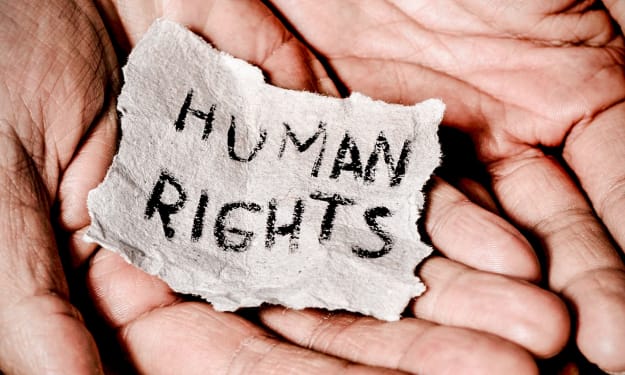AA.VV. Cronache dal Neocabonifero"
Short Stories

Gianfranco de Turris is one of the leading fantasy experts in Italy. Born in 1944, he is a journalist, writer and essayist. He made his debut in the sixties on the pages of the magazines “Oltre il cielo” and “Futuro”, created the series of the Fanucci publishing house, directed the magazine “The other Kingdom” dedicated to the criticism of the fantastic and chaired the Tolkien prize organized by the Solfanelli publishing house.
For the publisher Bietti he now proposes a collection of nineteen science fiction stories with a long and troubled genesis. “Chronicles from the Neocarboniferous. Submerged Italy 2027–2701 “, written by different authors, among which Renato Pestriniero and Donato Altomare, certainly not new names for those who know the history of Italian fantastic fiction, especially that linked to the Tolkien prize, the Solfanelli publishing house of Chieti and to the magazine “Dimensione Cosmica.”
The idea was born between the end of the eighties and the beginning of the nineties: de Turris asks several authors to compose stories linked by a common thread, set in a dystopian future produced by global warming. In an early tomorrow and then gradually farther away, from 2027 to 2701, the greenhouse effect, enhanced by the explosion of an atomic submarine near the San Andreas Fault, caused a global warming capable of melting the polar ice caps and raising sea level. The world as we know it has disappeared, most of the Italian cities have gone under water, the climate has become similar to what it had in the Carboniferous, hence the title of the collection.
The idea, de Turris tells us, was “to put together a series of stories as if they were the chapters of a novel, which narrated the progressive transformation of the peninsula due to the greenhouse effect (at that time there was still no obsessive talk of the infamous” global anthropic warming“) with gradually higher temperatures, increasingly accentuated sea level rise, an almost subtropical climate, flora and fauna adapted to it, a gradual change not only of nature but also of society and man. In short, an environment a bit like the one that scientists say existed in the Carboniferous period. “
Each story is set in a different local reality. “The original idea”, explains de Turris, “was to ask the various authors to write a plot set in the place they knew best, their city or region.”
A high example of this location — for style, language and narrative completeness — is the story “Underwater hunting”, set in a submerged Venice, where only a few privileged debauched live out of the water, while all the others, the poor Sotomarins, stay in houses now completely flooded, forced to sell their firstborn as servants or as a reservoir of organs.
The stories represent possible changes and evolutions not only climatic but also political. They have a precise orientation — which de Turris has never made a mystery of — and show us a society in which uncontrolled migratory flows have led to wars, invasions and a barbarism reminiscent of that of many science fiction films, in particular Kevin Reynolds’ “Waterworld”.
The themes are the greenhouse effect — which not all authors believe except to the extent that they can draw inspiration for a science fiction story — the outcomes of immigration, genetic manipulation, the departure from the traditional Christian faith in favor of new neo pagan rites and the cult of the Great Mother — with consequent female priesthood and revaluation of the Marian figure — the lack of drinking water, the contrast between supporters of atomic energy (Atomists) and exploiters of biomass (Drillers).
As is natural, the limit of ethics moves forward over time, until the ius primo filii and the exploitation of corpses for the production of energy are considered normal, especially in a post-catastrophic universe where rules and knowledge and borders of civilization have been lost.
Some stories are more compelling, others have a flavor of “it would have been better if”, meaning by this that a further development in the novel would have made it something more complete and engaging, even if, as the curator reiterates, the important thing about this anthology is the sort of fil rouge that runs through it, bringing it back to the same central vision.
About the Creator
Patrizia Poli
Patrizia Poli was born in Livorno in 1961. Writer of fiction and blogger, she published seven novels.






Comments
There are no comments for this story
Be the first to respond and start the conversation.